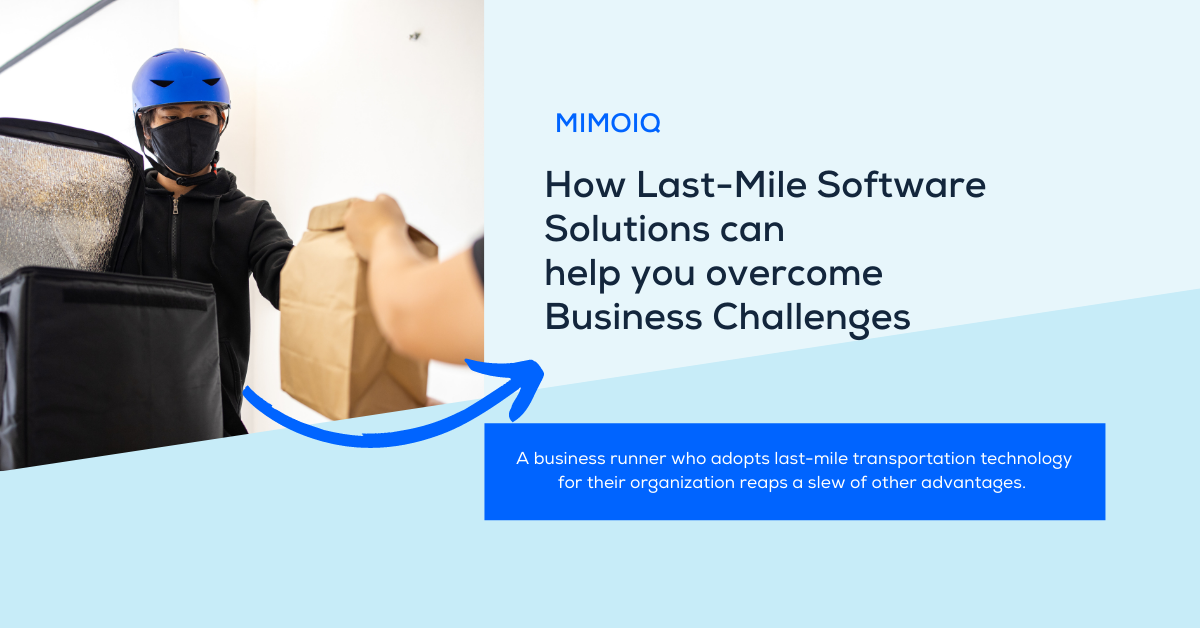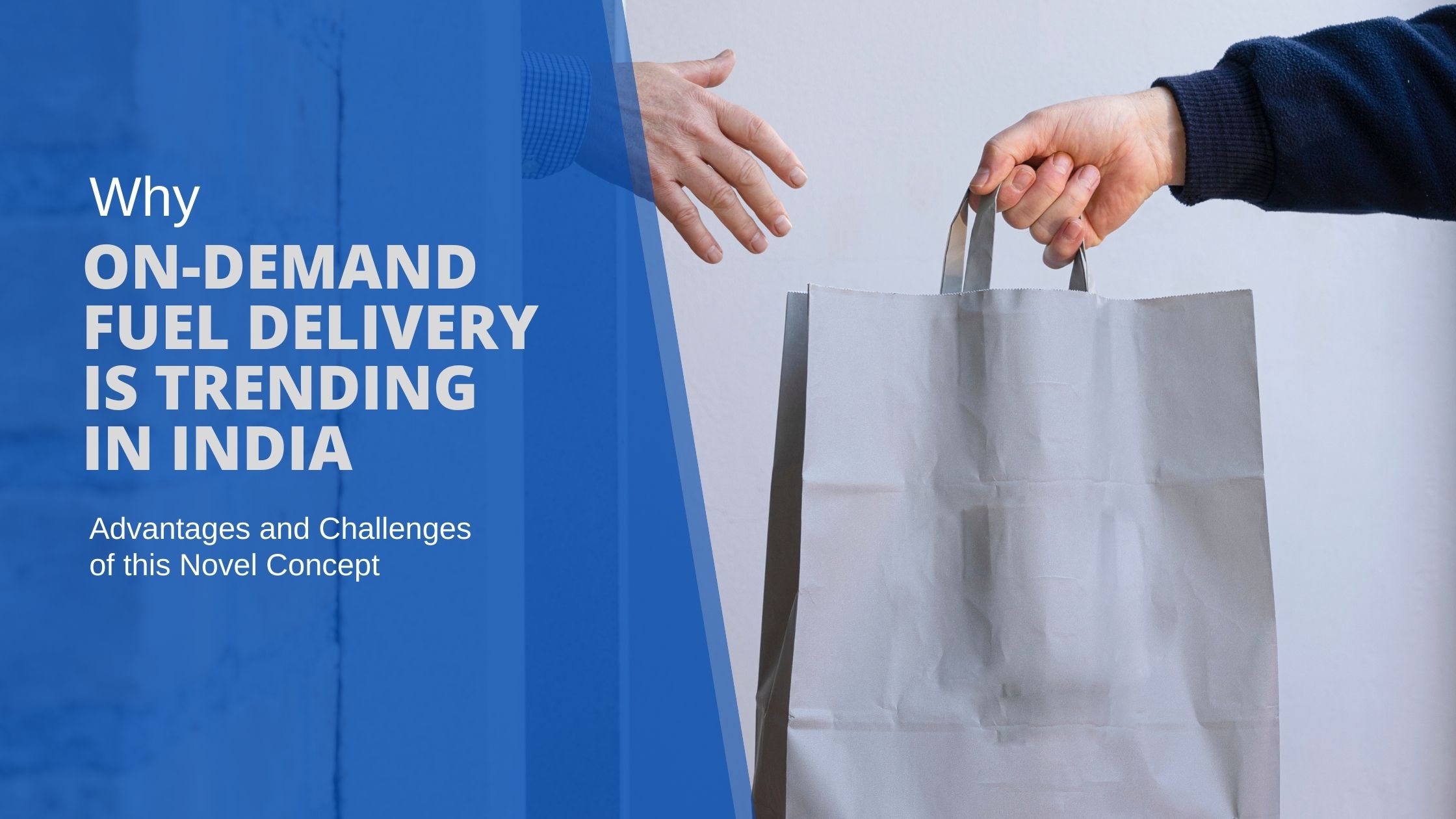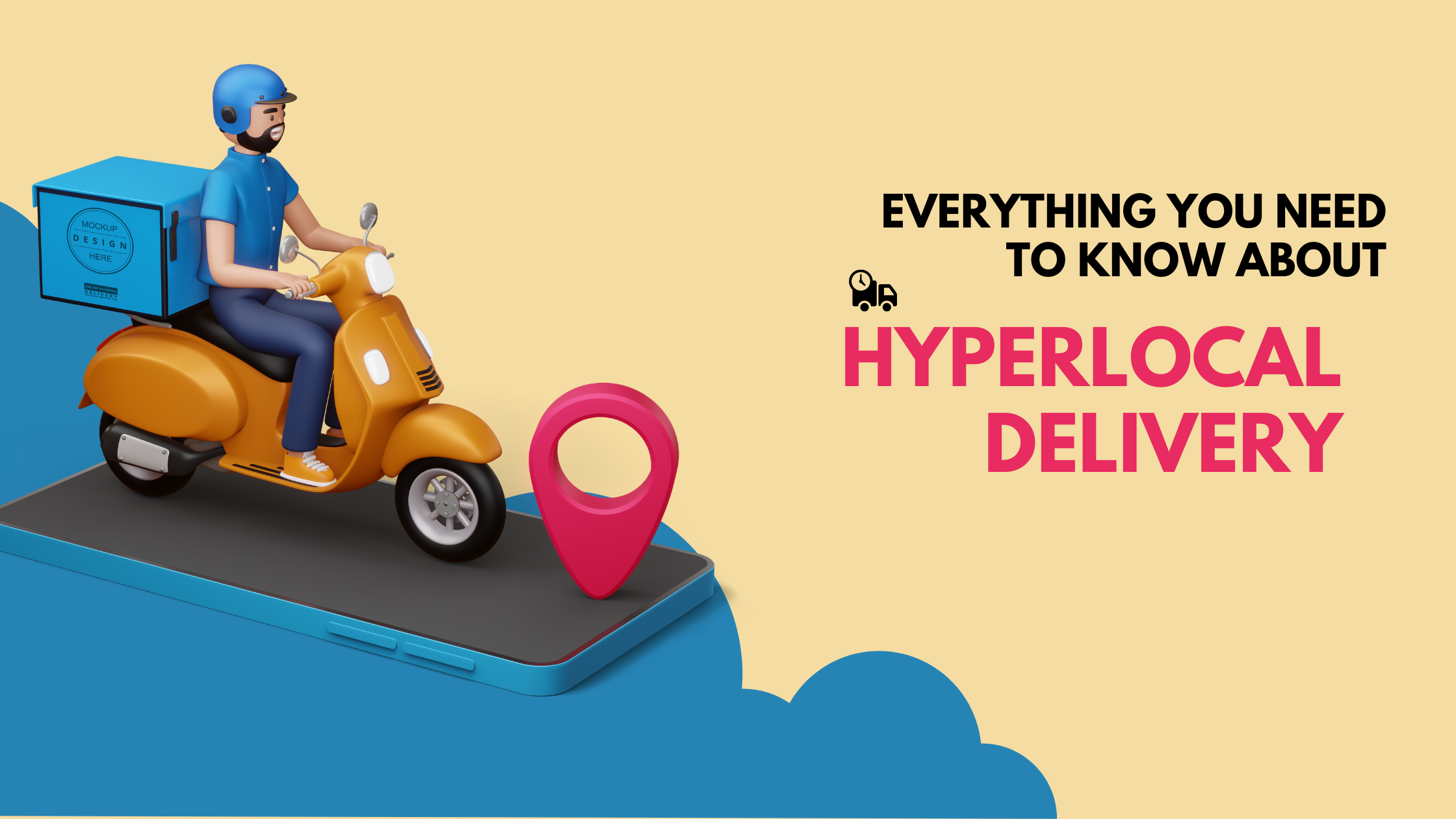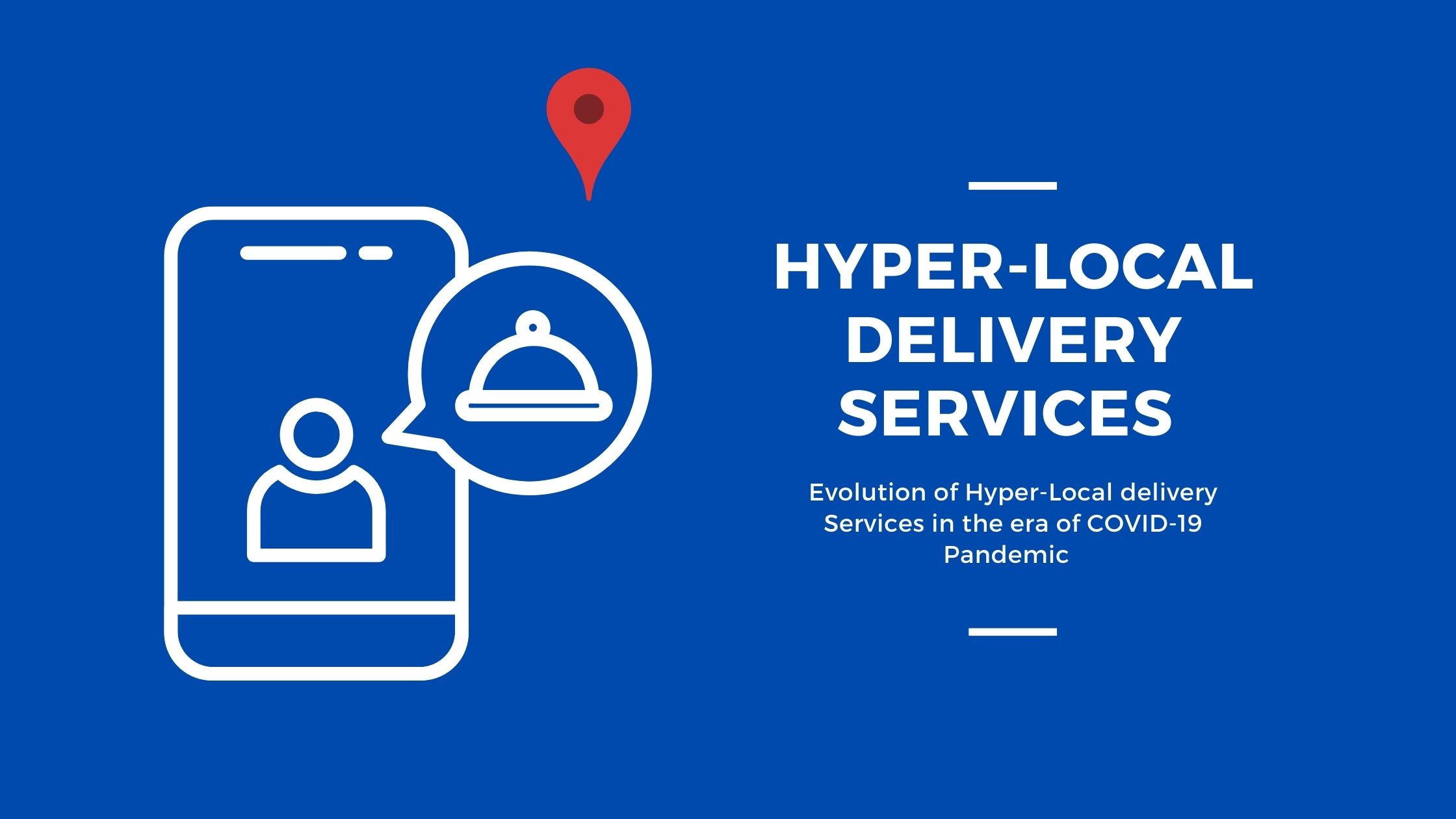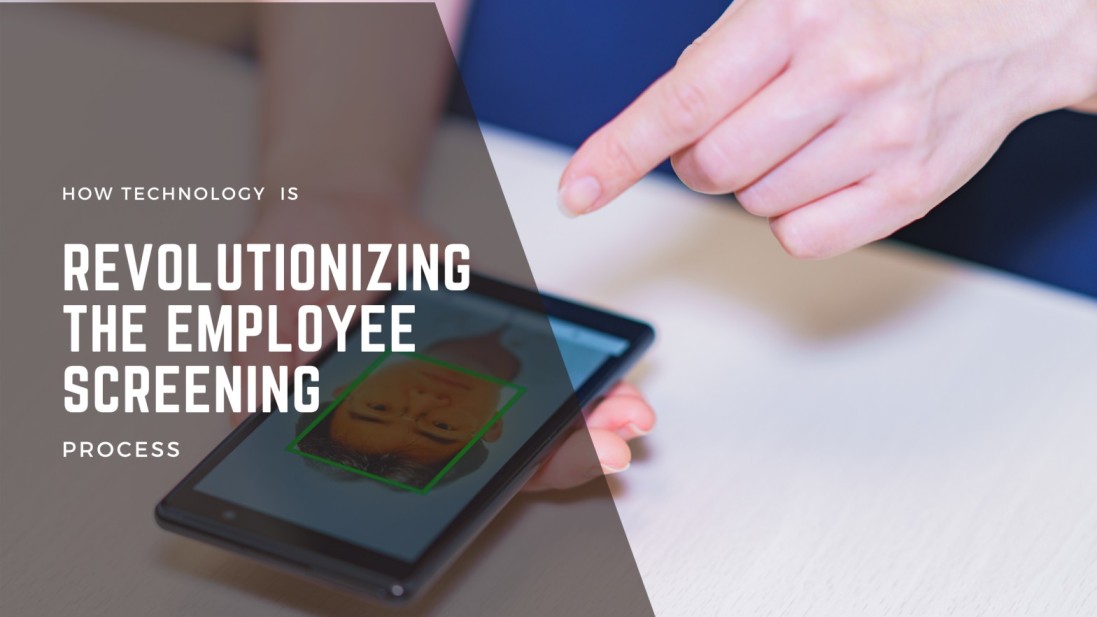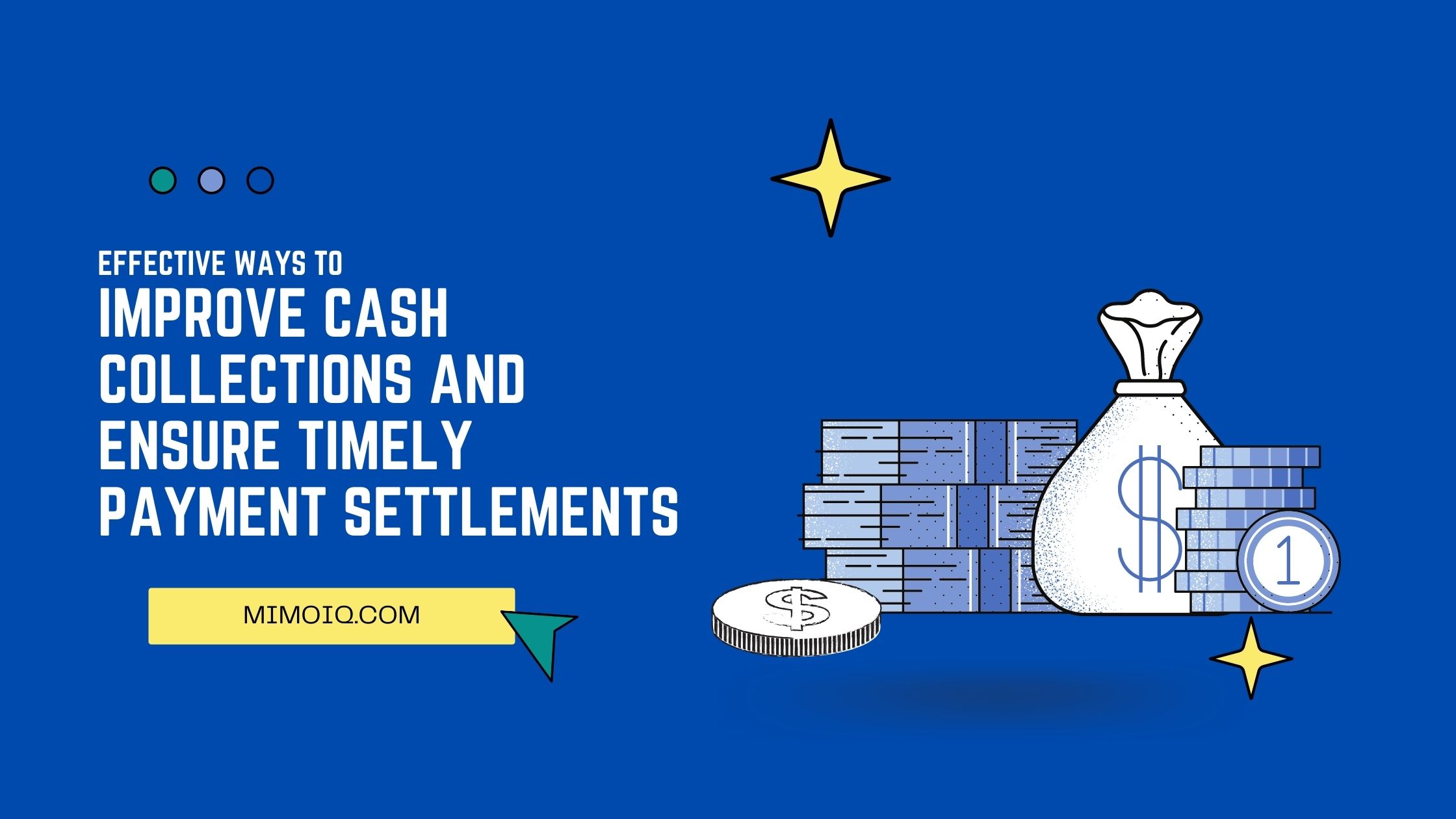
5 Key Optimization Areas In Last-Mile Delivery
- December 7, 2021
- 7:36 am
- delivery, guest blog, last mile delivery
Last-mile delivery has become the backbone of faster logistics. As the world continues to push for a more e-commerce enabled business ecosystem, delivery operations became the make-or-break aspect of any good online transaction.
Table of Contents
So, what is it?
Last-mile delivery has become the backbone of faster logistics. As the world continues to push for a more e-commerce enabled business ecosystem, delivery operations became the make-or-break aspect of any good online transaction. Last-mile delivery is the last stretch of a logistics workflow. It involves getting a package or parcel from a central warehouse to a customer’s door.
Today, logistics companies are turning to third-party drivers to offer this service, which dramatically empowered a whole new gig economy of riders who speed up delivery times in most cases. Last-mile delivery did more than just provide more jobs. It also gave consumers a more streamlined way of service when receiving deliveries. These benefits play into food deliveries, online order deliveries, and so on.
The last-mile delivery market grew to $18.7 billion in 2020. That number will only exponentially grow with time. But individual last-mile operations need to flourish to maximize this uptrend. So let’s look at some last-mile delivery challenges and the 5 critical areas that crucial stakeholders should optimize for growth and efficiency.
Route optimization and tracking
One of the biggest challenges in last-mile delivery is cost optimization. Petroleum and vehicle maintenance prices continue to rise.

To curb the rising costs, logistics companies and riders should leverage technology by optimizing routes. Through artificial intelligence (AI) and advanced trackers, some last-mile software tools can help plan out shorter routes, determine high-traffic choke points and the best sequence of deliveries to help shorten travel times and lower costs involved.
With last-mile delivery tracking, customers also get a better sense of where their deliveries are. Grab has been a great example of this as it gives a real-time tracking system for people to know where their riders are and provide estimates on delivery times.
Task management
Another key to better optimization is better task management. For example, control centers need to assign deliveries better and track progress when handling supply chain operations. Task management software for last-mile delivery businesses provides better evaluation systems for their riders, giving a more concrete measurement of performance.
Some metrics to measure include delivery times per kilometer traveled, number of deliveries per period, complaints, unfulfilled delivery rates, and so on.
Good task management can also improve delivery times. It allows riders to give and get real-time updates on relevant information like directions, customer contact details, and special requests
Driver incentives management
There’s a growing demand for last-mile delivery. But the challenge lies in finding the right riders. According to 37.8% of last-mile shipping companies, finding qualified drivers remains the most significant challenge. Meaning companies aren’t just finding it hard to find talent. It’s also hard to find and retain the best ones.
Given the current logistics careers salary rate, more people could shift towards third-party relationships soon. But since there are no fixed salaries, riders should stay motivated to perform. This issue can be challenging when depending on per output setups, but incentives and milestone systems can attract the best talent and help retain them over the long term.
Payment gateways and options
A key to last-mile delivery logistics solutions in this age of cash-on-delivery and e-wallet systems is a flawless payment gateway solution. In addition, more people are shifting towards digital payment setups for their purchases. With that, people will focus more on digital payments.
The key is to provide as many payment channels as possible. The staples will be credit cards and e-wallets, but there is also a growing trend in cryptocurrency payments.

Selecting a payment gateway with minimal fees and fewer downtimes should be the non-negotiables for any
last-mile delivery. These could present issues in day-to-day operations and add unwanted issues.
Customer service channels
Expecting that all things will go right in any business is wishful thinking. So the last part of last-mile delivery optimization is creating reliable customer service channels. Issues can happen at any point, from wrong parcel delivery, payment issues, or experiences with bad drivers. An effective last-mile delivery operation should have proper customer service channels for these instances.
Deploy email and chat support at the very least for these types of concerns. In some cases, you can also outsource to a customer service BPO if you have a large operation.
Providing phone support isn’t always easy. But 40% of customers would want to talk to someone on the phone for complicated disputes, it’s an excellent option to provide.
Last-mile Delivery an Enabler of Better Commerce
E-commerce introduced a new way of consuming and getting products. Without better deliveries, that wouldn’t have happened. Improved logistics through last-mile deliveries did a great deal to push the boundaries of commerce. It saved businesses when economies and public places closed and provided millions of jobs.
It’s safe to say that last-mile delivery is a significant part of business operations today. And it will continue to grow in time as people adapt to digital commerce more and more.
Like this article?
More To Explore

Elevating Internal Audit to Its Maximum Impact
+91 1141182211 Internal audit serves a critical role in ensuring accountability transparency. It is also well suited for enhancing good

Why is Internal Audit Important for Strengthening Banking Organizations?
+91 1141182211 IA procedures are the cornerstone of a robust banking system. They act as a powerful tool for banks

What are the Numerous Advantages of Auditing and Assurance Services?
+91 1141182211 Financial transparency, risk management, and improved internal controls are all crucial aspects of a healthy organization. But how


